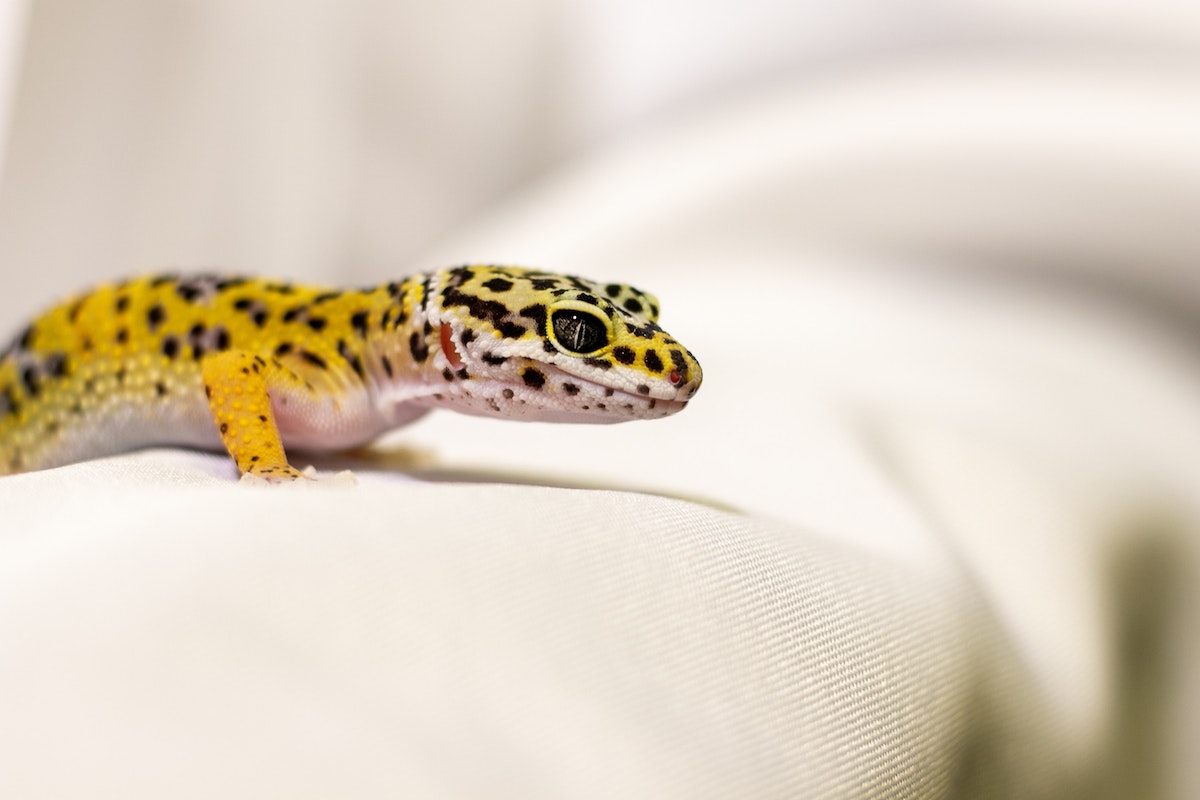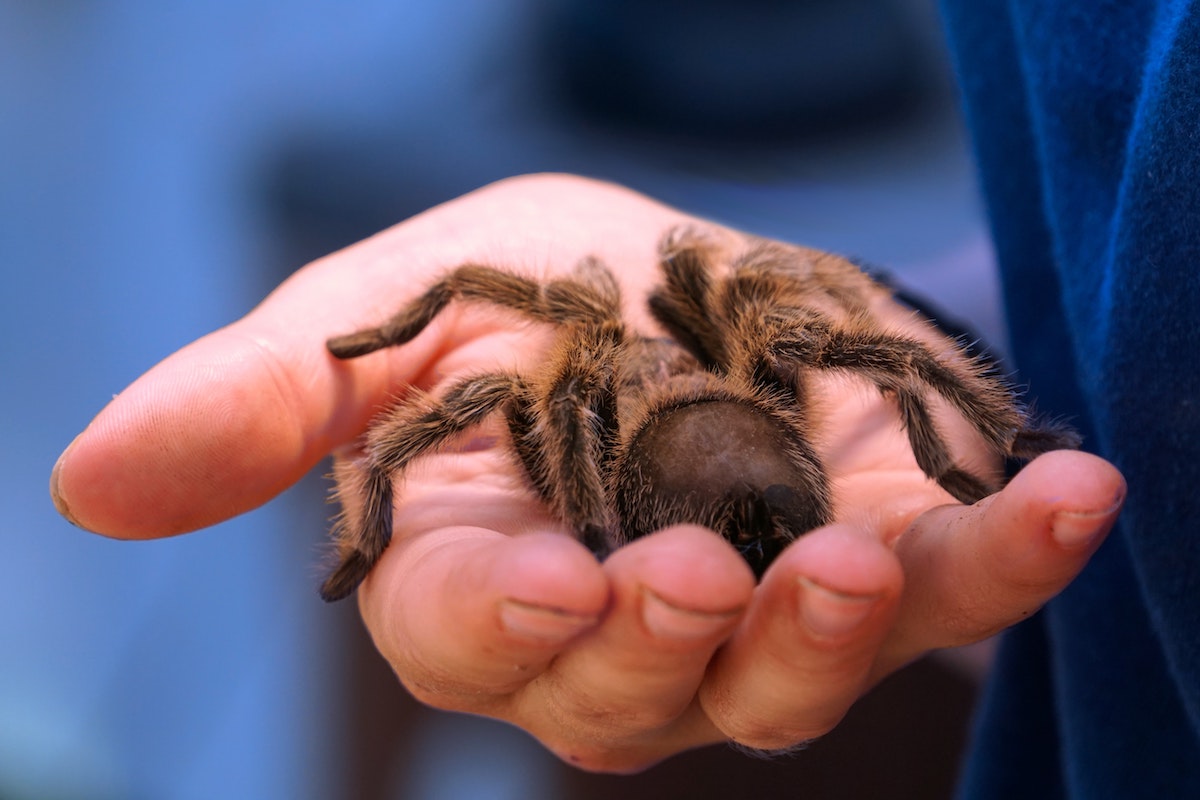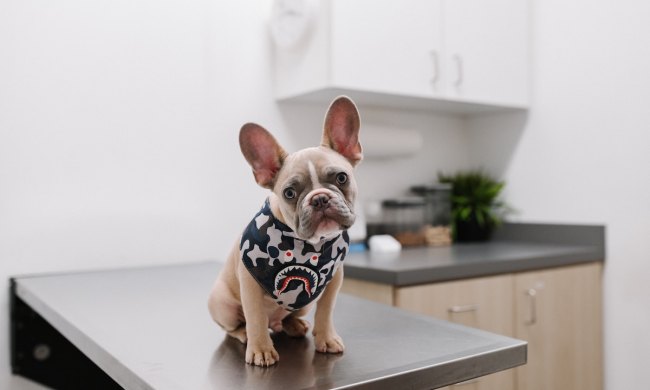The teachers who have classroom pets have the right idea. Studies have proven that animals in the workplace help employees be more productive, more positive, and even more social. They encourage interaction between co-workers and help reduce stress in the office.
Unless you work somewhere seriously cool, though, you probably can’t bring your fur baby to work with you. Most offices have a pet policy, so it’s important to check out the rules before making any decisions. Fortunately, a lot of folks who work at desks can keep a small tank or cage on their desk (as long as you keep the area sanitary, of course!), but you also need to be able to keep up with your pet’s needs. Take this into consideration when looking for your perfect pet — if you’re not sure you can care for them well, don’t do it!
While your soft and cuddly options might be limited, there are still a lot of low-maintenance office pets out there to choose from. Knowing the size of the space you can dedicate to your new pet is a great place to start and will keep you realistic while browsing for pets, whether online or in a pet store. Read on for a few pint-sized potential pets who would make great candidates for your work BFF.
Leopard gecko
If you’ve got room for a 10-gallon tank on your desk (lucky you!), you also have room for a leopard gecko. These energetic little lizards can be very entertaining to watch, but they don’t have sticky hands like other geckos, so they can’t climb vertical surfaces. Whether this is a good thing is up to you! You may not have as much worry about escaping pets, but climbing can certainly be fun to watch.

Like any pet habitat, a gecko’s home will take a bit of work to set up. A layer of sand or reptile carpet will give them a comfortable surface, while enclosures and huts make great hiding places. A heat lamp will help them get the range of temperatures that they need (try keeping it toward one end of the tank so your gecko can decide what they like!) — and reassure you that they’ll be comfortable on your office desk.
Fish
While they’re probably the most popular office pets, they’re also one of the lowest-maintenance options. As long as they have high-quality water and enough space, you don’t have to worry about much else. You should definitely splurge for some tank decor and places for your fish to explore, though — it’ll be more fun for you both. While feeding once a day is usually ideal for most species of smaller fish, they can occasionally go without food for days without consequence. So, don’t worry about leaving your tank at your desk over the weekend!
Stick insect
While not everyone is into insects, they can be some of the easiest pets to keep, especially in an office. Stick insects can be left for several days without care, so you won’t have to worry about them while you’re not at work. They have a life span of a bit less than a year, but they breed very quickly when well maintained, so it’s really up to you how long a commitment you want to make. Even though they are bugs, they’re pretty cool to watch, and they don’t smell, so you won’t hear a fuss out of your co-workers.
Note: Stick insects are not always legal to keep as pets because of ecological concerns, so always check your state and local laws before looking for this pet.
Tarantula
Although we said that the selection of soft and cuddly office pets might be limited, furry definitely isn’t out of the question. A tarantula can be a fun pet to handle (if your co-workers let you open the enclosure!) and to watch, though excessively bright light can be stressful for large spider species. Tarantulas can be fed a few times a week, though you will have to feed them live prey, which may not be for everyone. You might want to double-check with everyone in your office before bringing a pet like this into the workplace, but a tarantula sure can be a conversation starter.

Hermit crab
Another nonaquatic desktop pet is the hermit crab, known for periodically molting and moving into a bigger shell as it grows. For this reason, you’ll always need to keep some shells in the tank and on hand for your crab to use when it’s ready. Hermit crabs also need pellet food as well as fresh fruits and veggies two to three times a week. These tiny pets can be fun to keep and watch, though they’ll require a specifically warm environment to thrive. It keeps the workplace cozy, and you can have fun decorating your crab’s tank, making things more interesting for everyone.
Assassin snail
If you’re looking for a conversation-starting pet that doesn’t have eight legs but still feasts on live prey, the assassin snail might be the pet for you. While they’re fairly small — averaging around 1 inch long in adulthood — they’re one of the more active snail species since they’re constantly wandering their habitat scenting out prey. These snails get their name from their unique dietary habit; in the wild, their nutrition mainly comes from feeding on other mollusks, though many assassin snails in captivity will accept meaty fish pellets.
Have any of these low-maintenance pets piqued your interest? While the needs of each pet vary widely from one to the next, we hope this diverse list opens your mind to options you’ve never thought of before.



